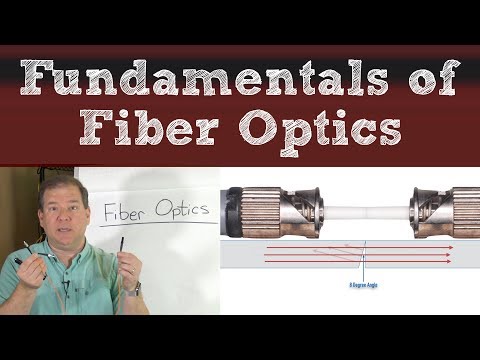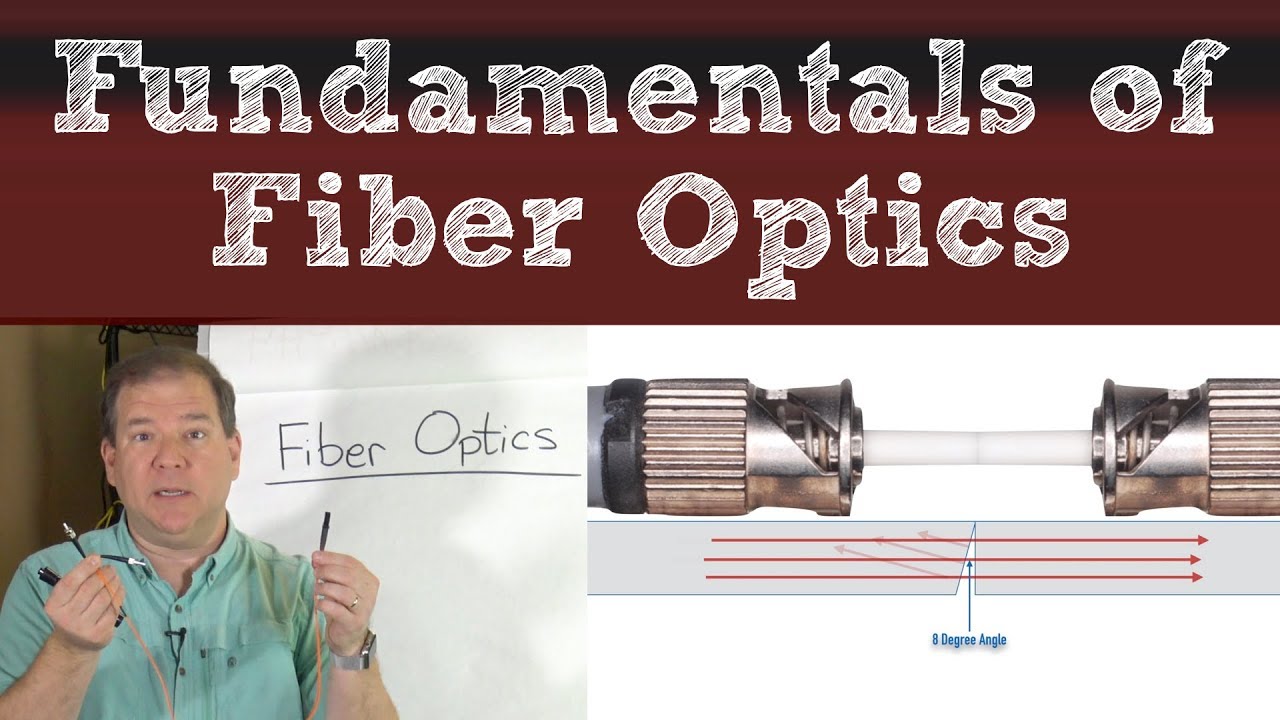Fiber optics is a revolutionary technology that has transformed the way we transmit information. By using thin strands of glass or plastic, fiber optics allows for the transmission of data at lightning-fast speeds, making it an essential component of our modern digital world. Unlike traditional copper cables, fiber optics uses pulses of light to transmit information, resulting in faster and more reliable connections. This incredible technology has numerous applications, from telecommunications to medical imaging and beyond. One of the most intriguing aspects of fiber optics is its ability to carry vast amounts of data over long distances without any loss in signal quality. With its impressive bandwidth capabilities, fiber optics enables the seamless transfer of high-definition videos, large files, and even virtual reality experiences. This makes it an invaluable tool for businesses and individuals alike, facilitating efficient communication, collaboration, and entertainment. Moreover, fiber optics offers enhanced security compared to traditional copper cables. Since it transmits data in the form of light signals, it is extremely difficult to intercept or tap into the information being transmitted. This makes it a highly secure option for transmitting sensitive data, providing peace of mind in an era where data privacy is paramount. In addition to its technical advantages, fiber optics is also environmentally friendly. It consumes less energy compared to traditional methods, resulting in reduced carbon emissions. Additionally, fiber optics cables are non-flammable and immune to electromagnetic interference, making them safer and more durable than other options. In summary, fiber optics is a game-changing technology that has revolutionized communication, offering lightning-fast speeds, enhanced security, and environmental sustainability. Its incredible capabilities position it as the backbone of our digital world, enabling us to connect, communicate, and thrive in an increasingly interconnected society.

What is Fiber Optics?
| Property | Description |
|---|---|
| Definition | Fiber optics refers to the technology that utilizes thin strands of glass or plastic fibers to transmit data and information in the form of light pulses. |
| Speed | Fiber optic cables offer unparalleled data transmission speeds, with the capability to transmit information at the speed of light. This results in incredibly fast and efficient data transfer, making it ideal for applications requiring high bandwidth, such as video streaming, online gaming, and cloud computing. |
| Bandwidth | Unlike traditional copper cables, fiber optics have a significantly higher bandwidth capacity. This means that they can carry a larger volume of data simultaneously, enabling multiple users to access and transmit data without experiencing significant slowdowns or bottlenecks. |
| Reliability | Fiber optic cables are highly reliable due to their immunity to electromagnetic interference. They are not affected by nearby power lines, electrical equipment, or even lightning storms. This makes them ideal for critical applications where uninterrupted data transmission is crucial. |
| Security | Another advantage of fiber optics is their inherent security. Since they transmit data using light signals, it is extremely difficult to tap into or intercept the transmitted information without physically accessing the fiber. This makes fiber optics a preferred choice for secure communications and sensitive data transmission. |
| Long Distance Transmission | Fiber optics have the ability to transmit data over long distances without any significant degradation in signal quality. This allows for seamless communication across vast geographical regions, making it suitable for long-distance telecommunications, intercontinental data transmission, and undersea cables. |
Unveiling the Magic of Fiber Optic Cabling: Simplified Basics
What is Fiber Optics?
Fiber optics is a revolutionary technology that enables the transmission of data and information through thin strands of glass or plastic fibers. These fibers are as thin as a human hair and can carry large amounts of data over long distances at incredible speeds. This technology has transformed the way we communicate, allowing for faster and more reliable internet connections, clearer telephone conversations, and improved television and radio broadcasts.
The Mechanics of Fiber Optics
Fiber optic cables consist of three main components: the core, the cladding, and the buffer coating. The core is the innermost part of the cable and is where the light travels. It is made of highly transparent materials, such as glass or plastic, that allow the light to pass through easily. The cladding, which surrounds the core, is made of a material with a lower refractive index, preventing the light from escaping the core. The buffer coating protects the core and cladding from damage.
Light signals are transmitted through the fiber optic cables using a principle known as total internal reflection. When light enters the core at a certain angle, it reflects off the cladding and continues to bounce back and forth within the core, never escaping. This bouncing allows the light to travel long distances without losing its strength.
The Advantages of Fiber Optics
Speed and Bandwidth: Fiber optic cables can transmit data at speeds that are significantly faster than traditional copper cables. This high-speed transmission allows for seamless streaming, quick downloads, and faster internet browsing. Additionally, fiber optics have a much higher bandwidth capacity, meaning they can carry more data simultaneously, resulting in improved overall network performance.
Reliability: Fiber optic cables are not susceptible to electromagnetic interference, unlike copper cables. This makes them more reliable, as they are immune to external factors such as lightning, power lines, or radio frequencies. Fiber optics are also less prone to signal loss over long distances, ensuring consistent and reliable data transmission.
Security: Fiber optic cables provide enhanced security for data transmission. Unlike traditional copper cables, these cables do not emit any electromagnetic signals, making it extremely difficult for hackers to intercept or tap into the transmitted data. This makes fiber optics an ideal choice for industries that require secure communication, such as government organizations, financial institutions, and healthcare providers.
Applications of Fiber Optics
Telecommunications: Fiber optics revolutionized the telecommunications industry, providing the backbone for high-speed internet connections, long-distance telephone calls, and video conferencing. These cables can transmit large amounts of data over vast distances, ensuring clear and uninterrupted communication.
Medical Field: Fiber optics is widely used in various medical applications. One of the most common uses is in endoscopy, where a thin and flexible fiber optic cable is inserted into the body to visualize internal organs or perform minimally invasive surgeries. Fiber optic sensors are also used in medical devices to monitor vital signs and provide real-time data to healthcare professionals.
Broadcasting: Fiber optics play a crucial role in the broadcasting industry, enabling the transmission of high-definition television and radio signals. These cables provide clear and uncompressed audio and video signals, ensuring a superior viewing and listening experience for audiences.
The Future of Fiber Optics
The demand for faster and more reliable internet connections continues to grow exponentially, driving the development of fiber optic technology. Researchers are constantly working on improving the efficiency and performance of fiber optics, with the goal of achieving even higher data transmission speeds and expanding the reach of fiber optic networks to more remote areas.
5G networks are expected to heavily rely on fiber optic infrastructure to deliver ultra-fast mobile internet speeds. The Internet of Things (IoT) is also driving the need for fiber optics, as more devices and sensors require seamless connectivity.
In conclusion, fiber optics has revolutionized the way we transmit and receive data. With its incredible speed, reliability, and security, fiber optics has become the preferred choice for telecommunications, medical applications, broadcasting, and more. As technology continues to advance, fiber optics will play a vital role in shaping the future of connectivity.

